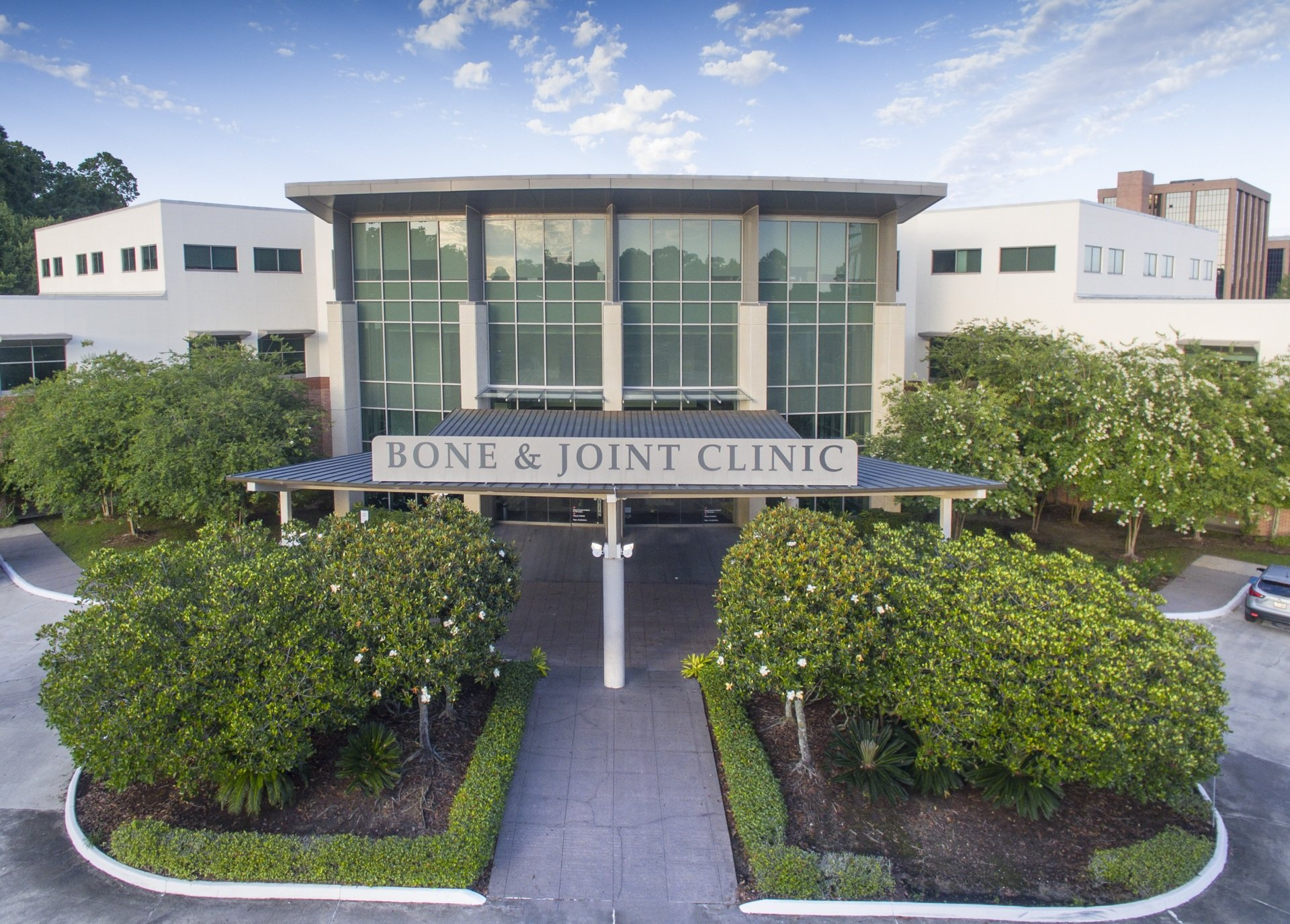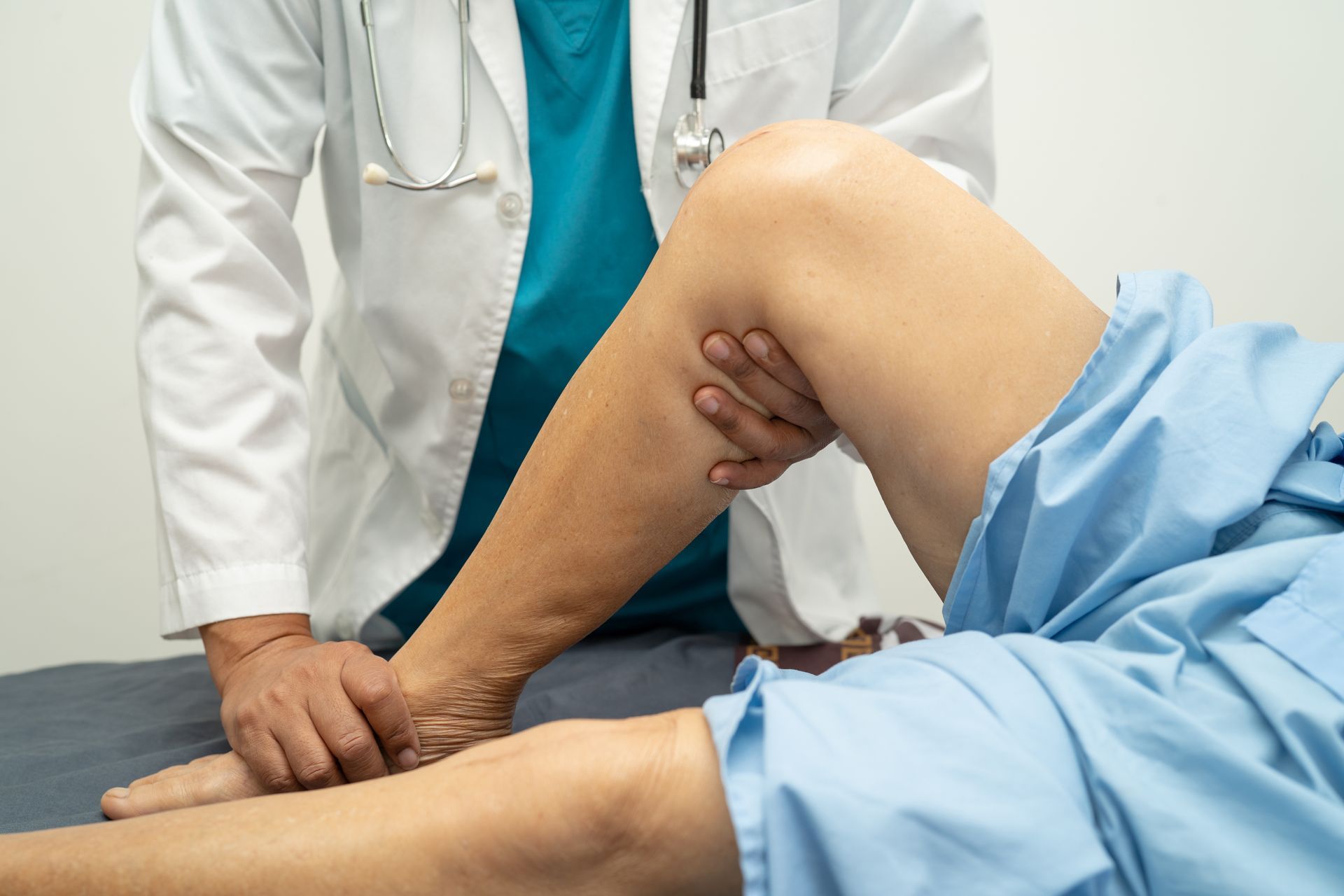Osteoarthritis, a degenerative joint disease, affects millions of people worldwide. Recognizing the early symptoms is crucial for timely intervention and effective management. While the onset of arthritis won’t look the same for every patient, there are some hallmark signs that, when identified early enough, allow for proactive steps to be taken toward preserving joint health and maintaining an active lifestyle.
Joint Stiffness from OA
One of the earliest indicators of osteoarthritis is joint stiffness, especially after periods of rest or inactivity. If you notice that your joints feel stiff and take longer to loosen up, particularly in the morning or after sitting for an extended period, it could be a potential early sign of osteoarthritis.
Joint Pain from OA
Persistent joint pain is a hallmark symptom of osteoarthritis. Early on, you may experience mild discomfort during or after physical activity. As the condition progresses, the pain may become more intense, chronic, and may occur even at rest or during weather changes.
Joint Tenderness from OA
Tenderness or sensitivity around the affected joints can be an early sign of osteoarthritis. If you find that your joints feel sore or tender to the touch, it is essential to monitor their condition and seek medical advice if the tenderness persists or worsens.
OA and Reduced Range of Motion
As osteoarthritis progresses, you may notice a decreased range of motion in the affected joints. Difficulty bending, straightening, or fully extending a joint could be an early warning sign. Pay attention to any limitations or stiffness you experience when performing routine activities.
Joint Swelling from OA
Osteoarthritis can lead to inflammation and swelling in the affected joints. If you notice joint swelling, particularly after prolonged or strenuous activity, it may indicate early-stage osteoarthritis. Swelling can be accompanied by a warm sensation around the joint area.
Joint Instability from OA
As the joint cartilage deteriorates, you may experience a sense of joint instability or a feeling that the joint is giving way. This can be particularly noticeable during weight-bearing activities or when changing directions abruptly. If you frequently experience joint instability, it is important to consult with a medical professional.
Early detection and intervention are key to
effectively managing osteoarthritis. By recognizing the early symptoms discussed above, you can take proactive steps toward seeking medical guidance and adopting appropriate treatment strategies.
The Bone and Joint Clinic of Baton Rouge encourages you to prioritize your joint health and seek professional care when you notice any signs or symptoms of osteoarthritis. Remember, early intervention can help preserve joint function, reduce pain, and enable you to maintain an active and fulfilling lifestyle.




